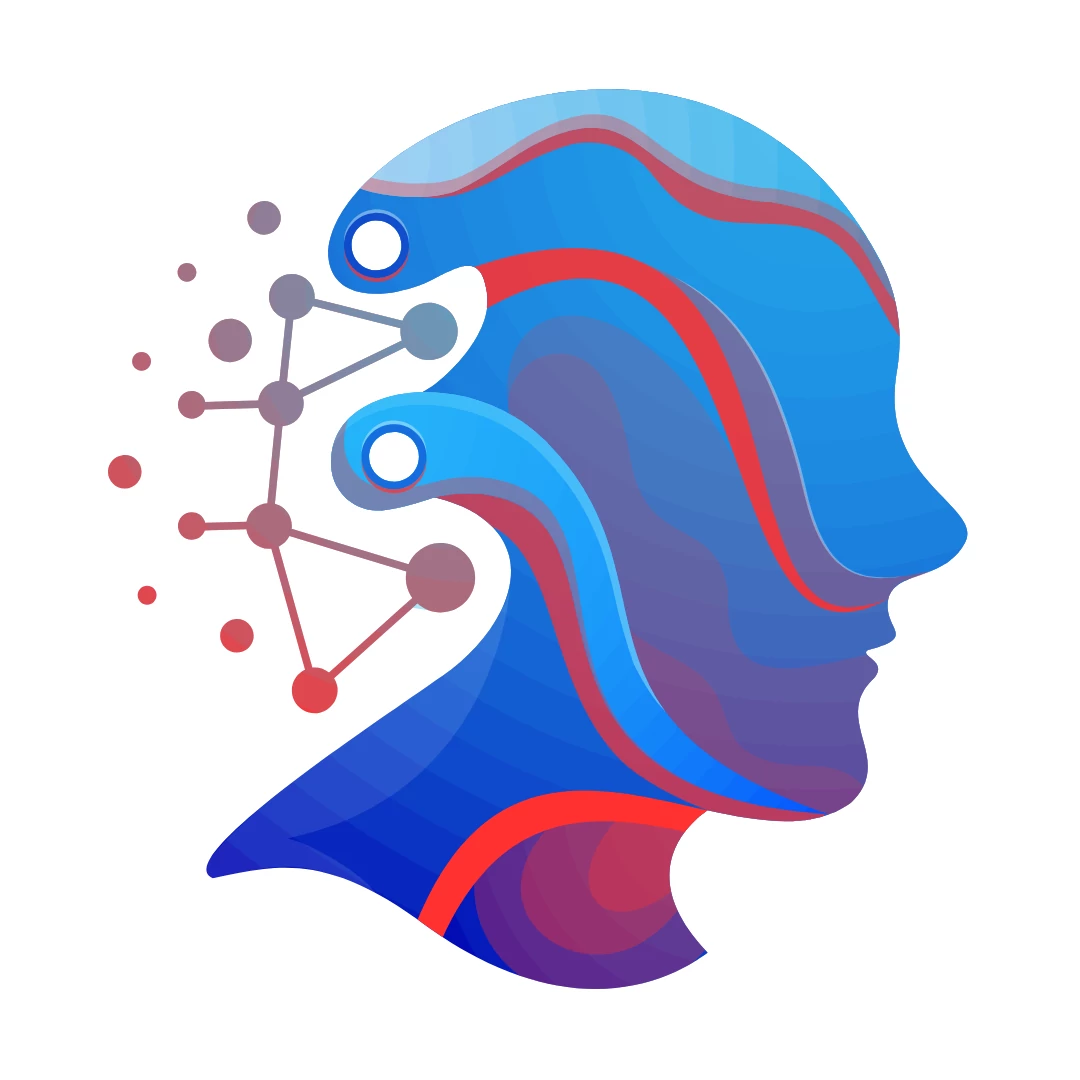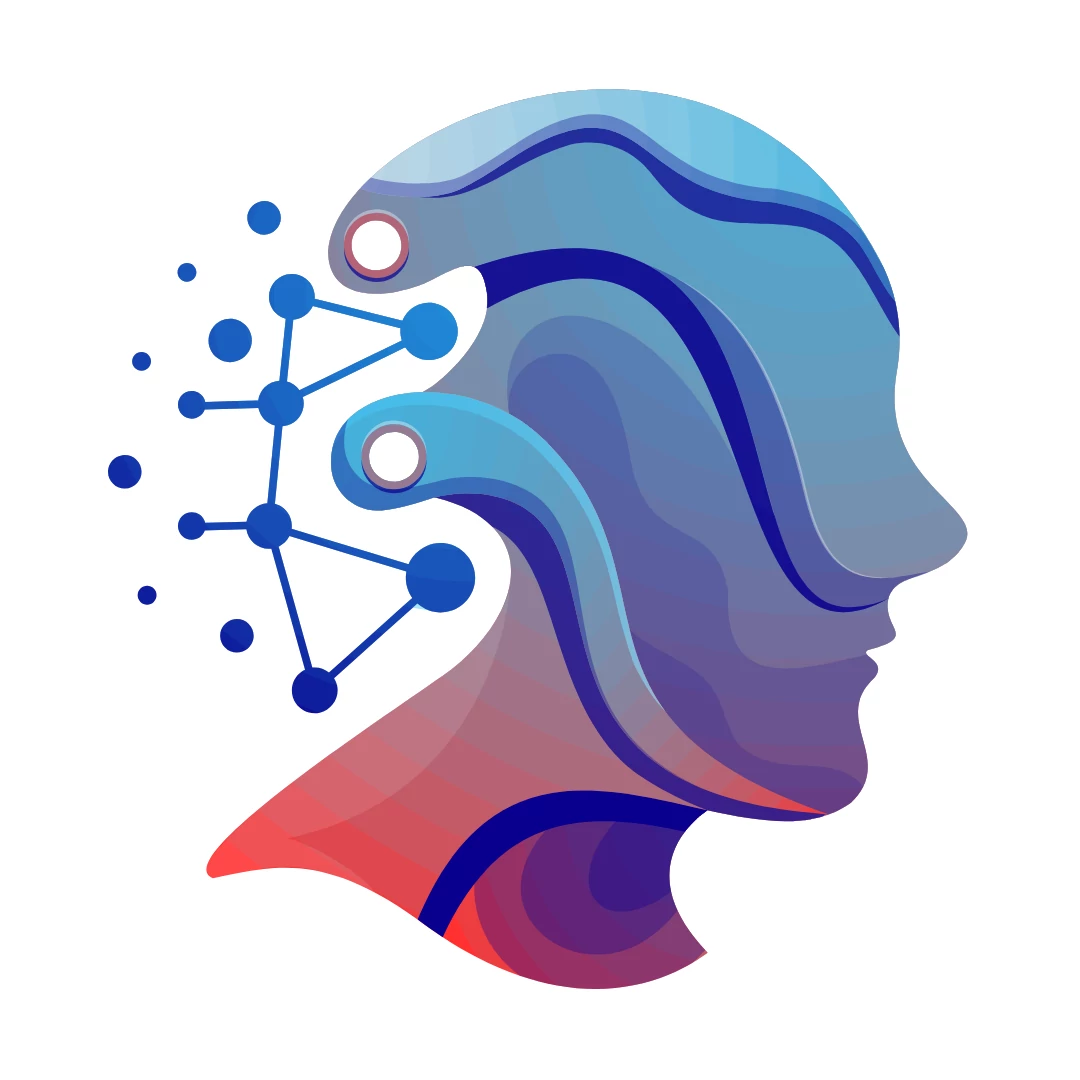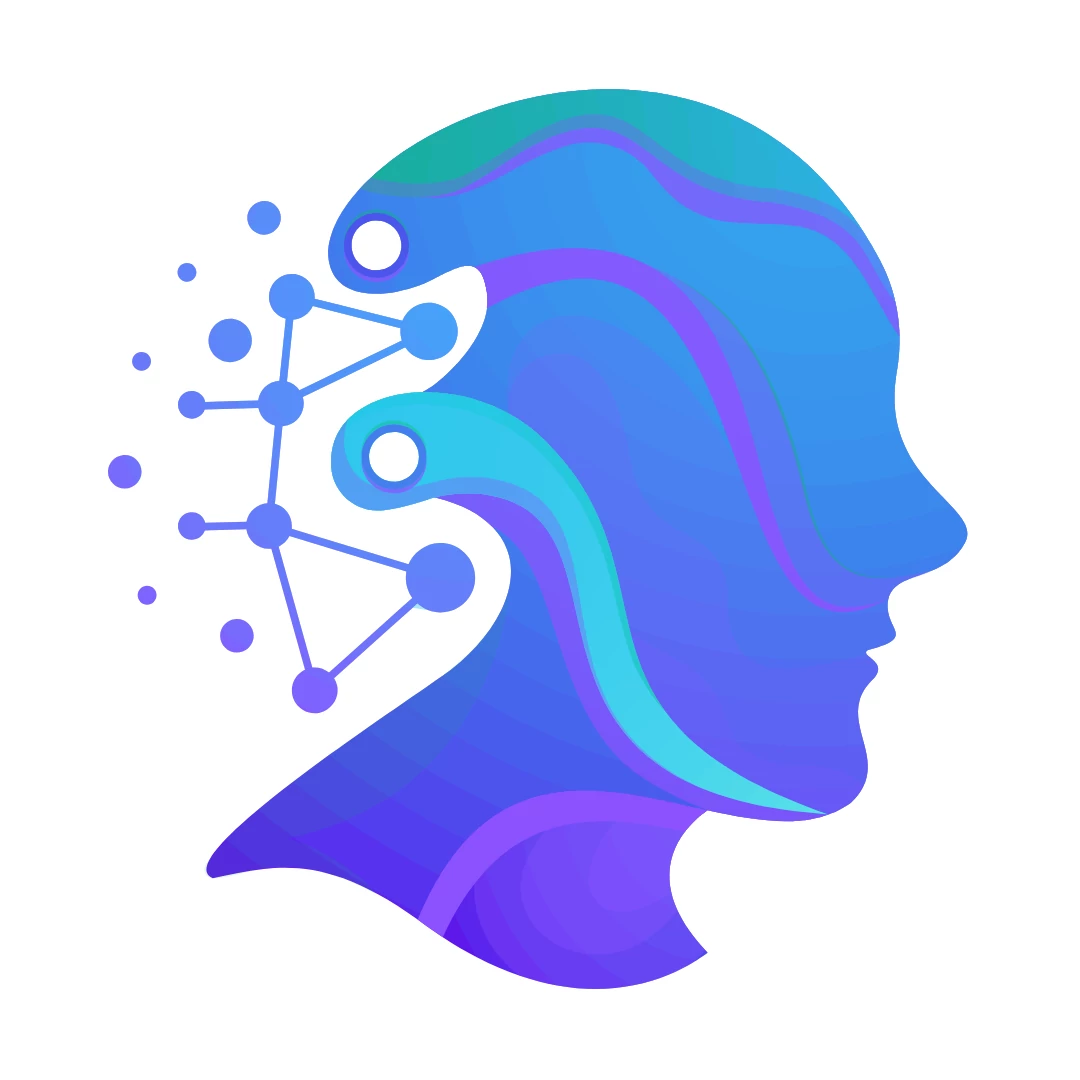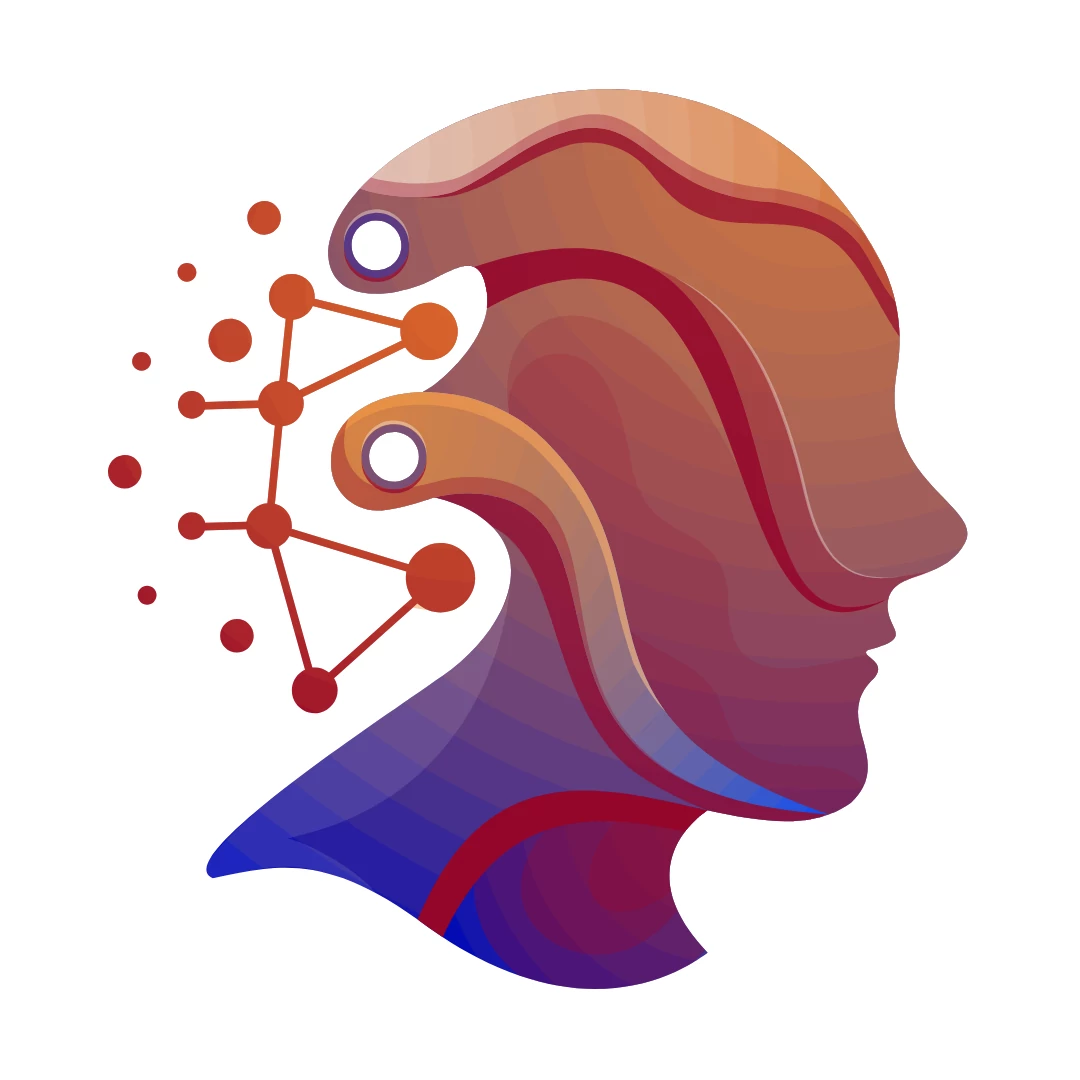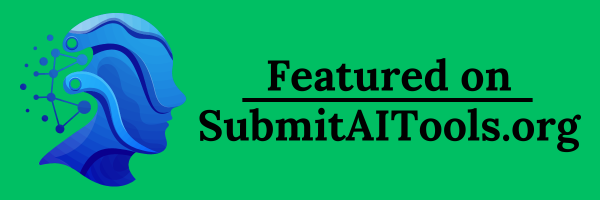Elicit
Streamlining Academic Research with AI
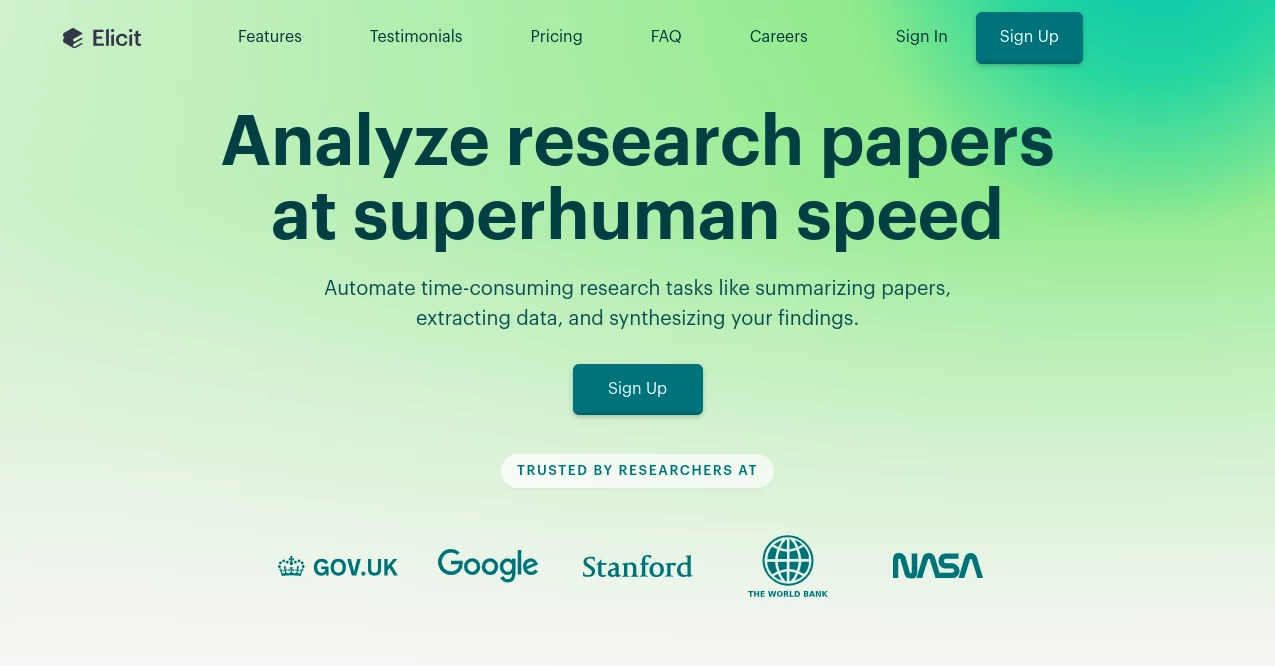
What is Elicit?
Elicit, accessible at elicit.com, is a cutting-edge AI-powered research assistant designed to revolutionize how researchers, students, and academics conduct literature reviews and manage research workflows. By leveraging advanced machine learning and large language models, Elicit AI simplifies the process of finding, summarizing, and analyzing scholarly papers, making it an invaluable tool for Elicit research. In this article, we explore the features of Elicit, its benefits, and how it compares to Elicit alternatives and platforms like SciSpace vs Elicit.
What is Elicit?
Elicit AI, developed by Ought, is an AI-driven platform that automates time-consuming research tasks, particularly literature reviews. Unlike traditional search engines like Google Scholar, Elicit uses natural language processing (NLP) to understand research questions and retrieve relevant papers from a database of over 125 million scholarly articles, even without perfect keyword matches. Whether you're conducting Elicit research or exploring niche topics, Elicit provides concise summaries, extracts key data, and organizes findings in an intuitive interface, saving researchers hours of manual work.
Key Features of Elicit
- Semantic Search: Elicit AI finds relevant papers based on the context of your query, not just exact keywords, making it ideal for discovering studies you might miss with traditional searches.
- Automated Summaries: The platform generates one-sentence abstract summaries and extracts key findings, methodologies, and limitations tailored to your research question.
- Data Extraction: Elicit pulls specific data points, such as statistics or claims, from papers and presents them in customizable tables for easy analysis.
- Elicit Notebooks: A recent update, Elicit Notebooks allow users to organize research, save searches, and collaborate on projects, enhancing workflow efficiency.
- Citation Analysis: Elicit research includes tools to assess a paper’s impact by analyzing how it’s cited, helping evaluate credibility.
- Integration: Export results to reference managers like Zotero or as CSV files, and save searches for future reference.
- Elicit App: While primarily web-based, Elicit is accessible on multiple devices, ensuring flexibility for researchers on the go.
How to Use Elicit
- Sign Up: Create an account on elicit.com to access the Elicit app.
- Enter a Research Question: Input a specific question (e.g., “What are the effects of climate change on coral reefs?”), and Elicit AI will retrieve relevant papers.
- Review Results: Browse a curated list of papers with summaries, key findings, and data extracted in a table format.
- Refine and Save: Use filters (e.g., study type, publication year) to narrow results, save searches to Notebooks, or export data.
- Ask Follow-Ups: Pose additional questions to dive deeper into specific papers or concepts.
Elicit vs. SciSpace: A Comparison
When comparing SciSpace vs Elicit, both platforms excel in AI-driven research but cater to slightly different needs. Elicit AI focuses on automating literature reviews, offering semantic search, data extraction, and citation analysis across a vast database. It’s ideal for researchers needing precise answers to specific questions and structured data outputs. For example, Elicit can generate detailed reports in under 10 minutes, complete with summaries and comparative tables.
SciSpace, formerly Typeset.io, provides a broader research ecosystem, including literature discovery, paper formatting, and a “Chat with PDF” feature that allows users to ask questions directly about uploaded papers. SciSpace’s AI Copilot offers in-depth explanations and supports over 200 million papers, with a user-friendly interface that doesn’t require signup. However, SciSpace may include older papers in results, while Elicit prioritizes recency and relevance. Both tools have free plans, but SciSpace’s premium features start at $8/month, while Elicit’s paid plan begins at $10/month. Choosing between SciSpace vs Elicit depends on whether you prioritize comprehensive workflow tools (SciSpace) or focused literature review automation (Elicit).
Elicit Alternatives: Exploring Other Options
While Elicit is a powerful tool, several Elicit alternatives offer unique features for academic research:
- Semantic Scholar: A free platform with over 200 million papers, offering AI-driven semantic search and citation tracking. It’s ideal for citation-based research but lacks Elicit’s data extraction depth.
- ResearchRabbit: Focuses on visual mapping of paper networks and collaboration, great for team projects but less focused on summarization.
- Perplexity AI: A conversational AI tool with real-time data retrieval, suitable for quick fact-finding but less specialized for academic workflows.
- Sourcely: Offers affordable AI-driven search with multilingual support and PDF downloads, but it’s less robust for systematic reviews.
- Iris AI: Specializes in systematic reviews and visual mapping, with premium features for advanced data extraction.
These Elicit alternatives cater to different needs, from visual research tools to budget-friendly options, allowing researchers to choose based on their priorities.
Pricing and Accessibility
Elicit offers a free Basic Plan with 5,000 one-time credits for searching and extracting data, though it limits exports. The Plus Plan, at $10/month (billed annually) or $12/month (billed monthly), provides 12,000 credits, high-accuracy mode, and priority support. Enterprise plans offer custom pricing for teams. Some users note limitations in the free plan, such as the inability to save work permanently, but the platform’s efficiency makes it a favorite among over 2 million researchers. For those exploring Elicit alternatives, tools like SciSpace and Semantic Scholar offer generous free plans, while others like Iris AI require custom pricing for advanced features.
Ethical and Practical Considerations
While Elicit AI streamlines research, users should verify extracted data against original sources, as AI summaries may occasionally misinterpret complex findings. The platform’s citation analysis helps ensure credibility, but manual review is recommended for critical research. Additionally, Elicit does not support DOI-based searches, which may be a drawback for some. When using Elicit research tools, always cite original authors to avoid plagiarism, especially when exporting summaries or data.
Why Choose Elicit?
Elicit, sometimes misspelled as eliciy, stands out for its ability to automate tedious research tasks, from finding papers to generating detailed reports in minutes. Its semantic search, data extraction, and Notebook features make it ideal for systematic reviews, meta-analyses, and brainstorming research questions. Compared to Elicit alternatives, it offers a unique balance of precision and usability, trusted by researchers in fields like psychology, physics, and biotechnology. Whether you’re a student or a seasoned academic, the Elicit app can save hours of work and enhance the quality of your literature reviews.
Conclusion
Elicit AI, available at elicit.com, is a game-changer for academic research, offering powerful tools to streamline literature reviews and data extraction. While SciSpace vs Elicit comparisons highlight SciSpace’s broader workflow features, Elicit excels in targeted, AI-driven literature discovery. With a user-friendly interface, integration with tools like Zotero, and a robust free plan, Elicit research empowers users to tackle complex projects efficiently. Explore Elicit today or consider Elicit alternatives like Semantic Scholar or ResearchRabbit to find the best fit for your research needs!
These classifications represent its core capabilities and areas of application. For related tools, explore the linked categories above.
